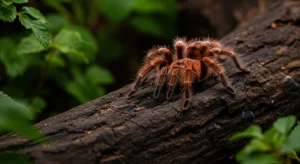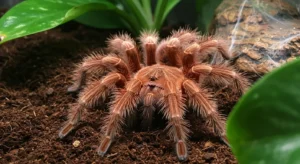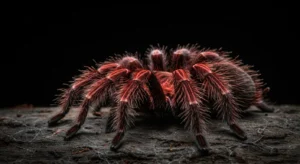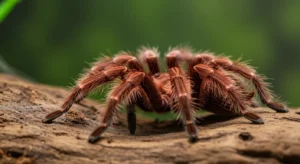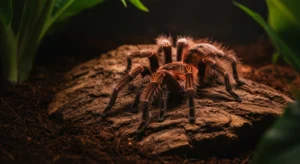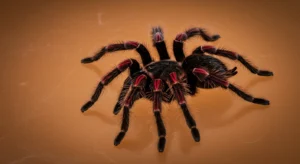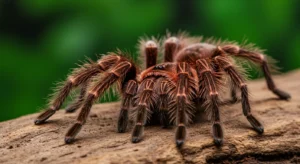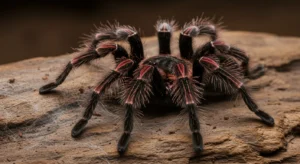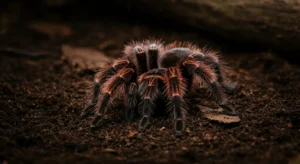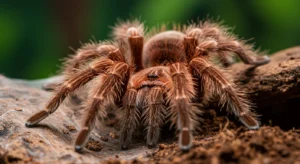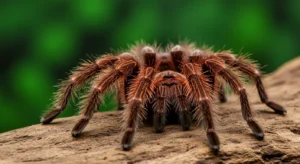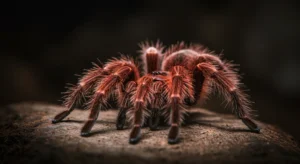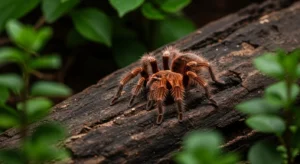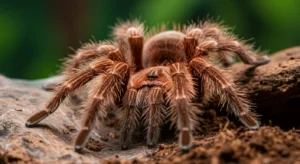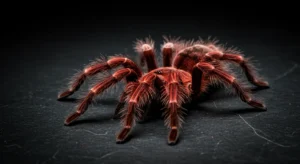Chilean Rose Tarantula Species-Specific Traits: What Makes Them Unique
Introduction: The quintessential beginner tarantula
The Chilean Rose Tarantula, scientifically known as Grammostola rosea (though many in the hobby are now considered Grammostola porteri), is arguably one of the most popular and commonly kept tarantulas in the pet trade. Its widespread appeal stems from a combination of unique traits that make it particularly suitable for beginners and fascinating to experienced keepers alike. Let’s explore the characteristics that define this iconic species.
Temperament: Docile Demeanor
Perhaps the most defining trait of the Chilean Rose is its generally calm and docile temperament. Compared to many other tarantula species, they are less likely to display aggression (like threat postures or biting) and are often slow-moving and reluctant to bolt. This placid nature makes them less intimidating for novice keepers. However, it’s crucial to remember that temperament can vary between individuals, and any tarantula can bite if it feels sufficiently threatened.
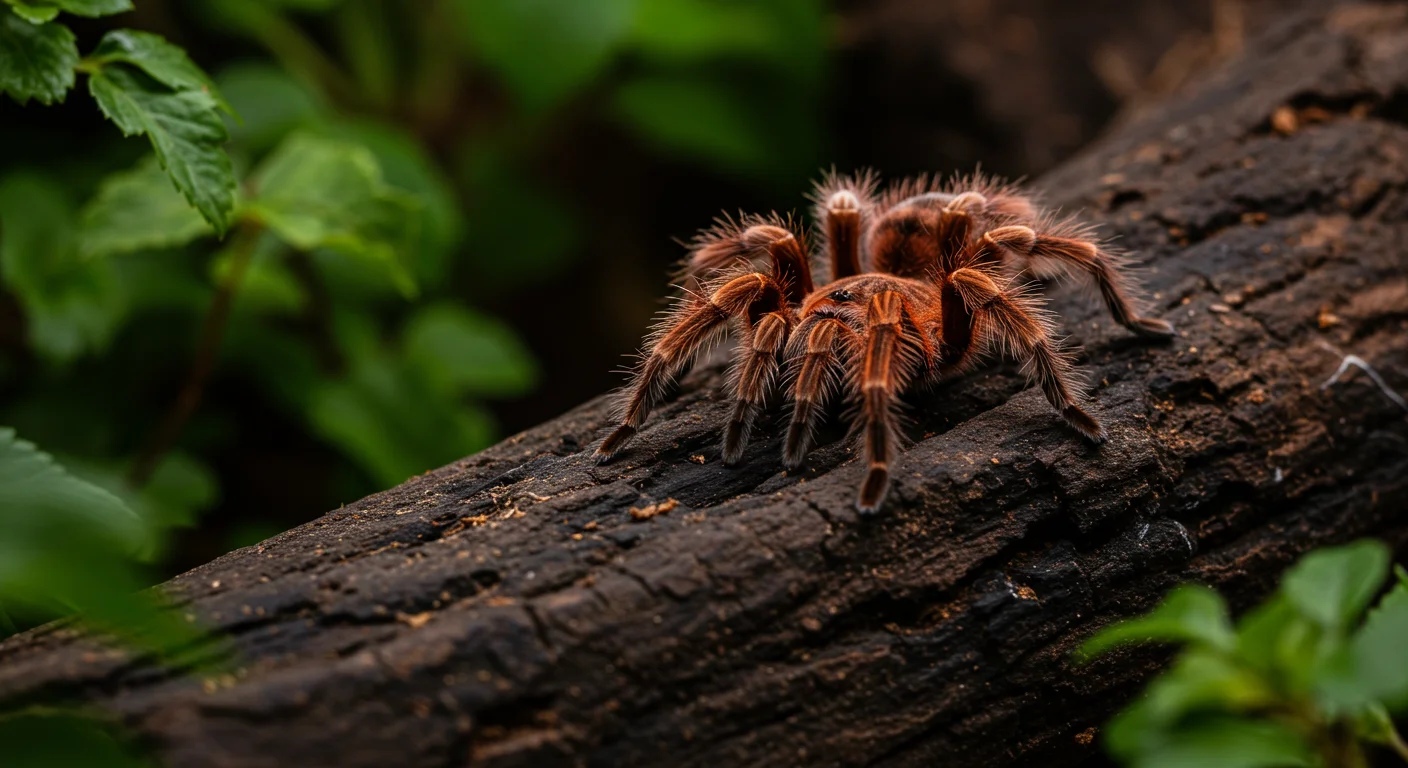
Appearance: Variable Coloration
While often called the “Rose Hair,” their coloration can be quite variable. The typical appearance features a base color ranging from tan to dark brown, often covered in varying densities of pinkish, orangey, or reddish hairs, especially prominent on the carapace and abdomen. Some individuals appear predominantly brown with fewer “rose” hairs. According to the World Spider Catalog, precise species identification within the Grammostola genus can be complex, leading to the rosea vs. porteri discussion common among enthusiasts exploring Grammostola rosea unique characteristics.
They are medium-sized tarantulas, with adults typically reaching a diagonal leg span of 4.5 to 5.5 inches (about 11-14 cm).
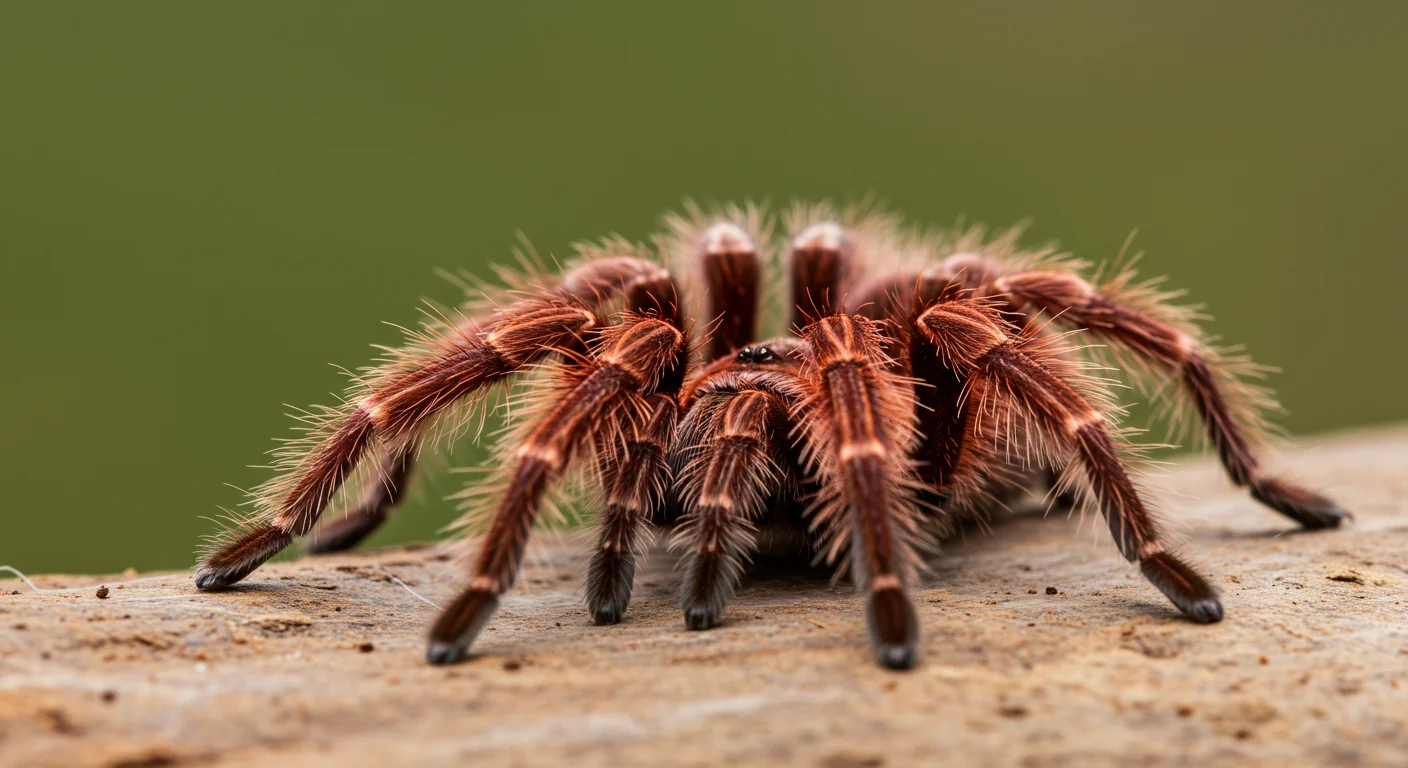
Urticating Hairs: Primary Defense
Like most New World tarantulas, the Chilean Rose possesses urticating hairs on its abdomen. When threatened, it can rapidly kick these tiny, barbed hairs into the air using its back legs. These hairs are a primary defense mechanism, causing irritation and itching upon contact with skin, eyes, or respiratory passages of potential predators (or keepers). While their bite is mild, the hairs are often the first line of defense and a trait keepers must respect.
Hardiness and Adaptability
Chilean Roses are renowned for their hardiness. They tolerate a relatively wide range of temperatures (ideally 70-80°F or 21-27°C) and moderate humidity levels (around 60-70%). They are also forgiving of occasional beginner mistakes in husbandry, although consistent proper care is always recommended. Their adaptability contributes significantly to their popularity as beginner pets.
Fasting Behavior: Chilean Roses are notorious for periodic fasting, sometimes refusing food for weeks or even months, especially mature individuals. This is usually normal behavior and not cause for alarm unless accompanied by other signs of illness.
Longevity: A Long-Term Commitment
One of the most remarkable traits is their potential lifespan, particularly for females. Female Chilean Roses can live for 15-20 years, with some reports suggesting even longer lifespans. Males have significantly shorter lives, typically reaching maturity within a few years and living only 1-2 years after their final molt. This longevity makes owning a female a substantial long-term commitment.
Conclusion: Endearingly Unique
The Chilean Rose Tarantula’s combination of a generally docile temperament, manageable size, hardiness, unique appearance, and fascinating behaviors like hair-kicking and occasional fasting, makes it a truly unique species in the tarantula hobby. These specific traits solidify its reputation as an excellent entry point into the world of tarantula keeping while remaining an interesting species for enthusiasts of all levels.
Taxonomic context influenced by information accessible via the World Spider Catalog.
